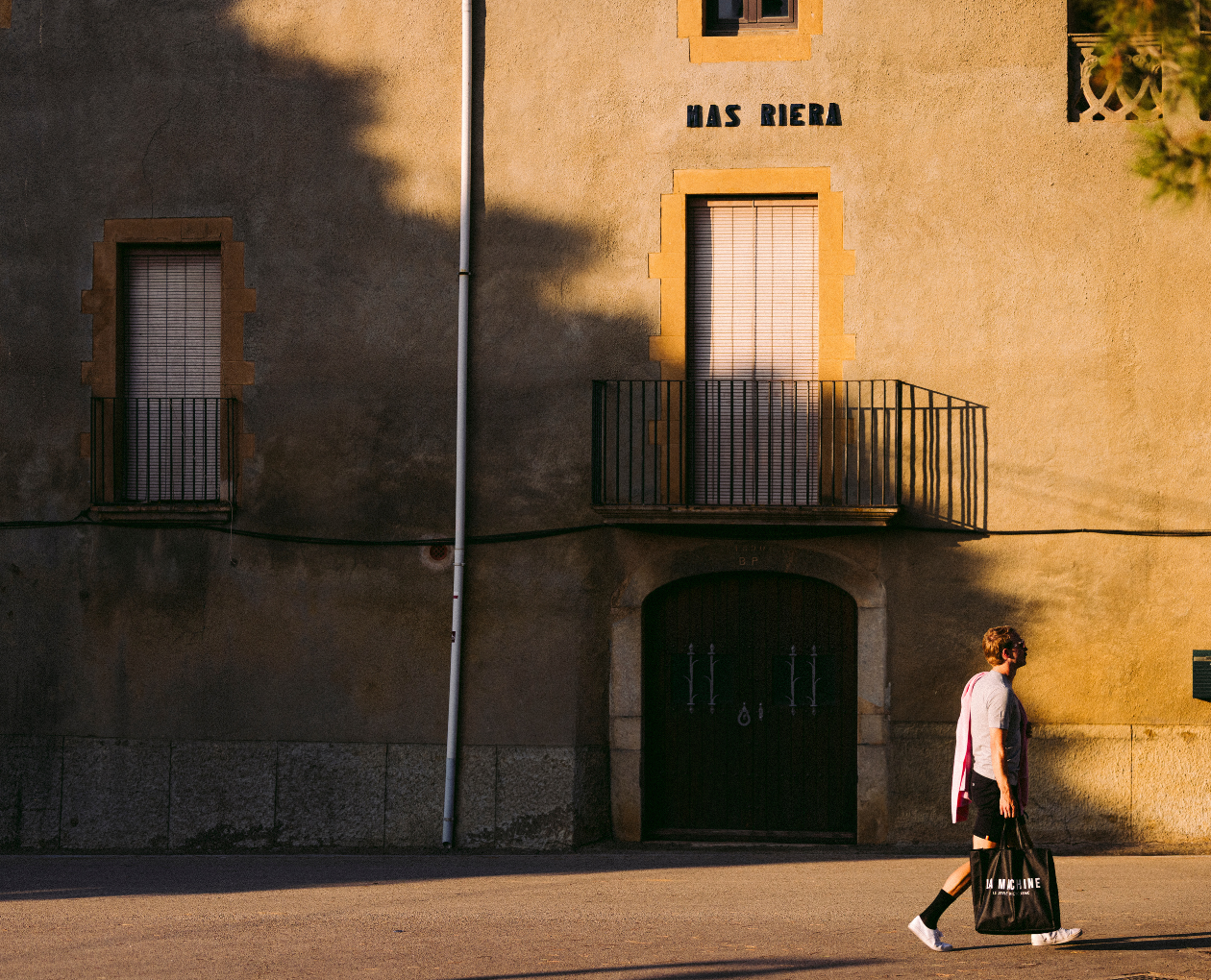
Country

Born from Cycling Culture
Made for the Moments After the Ride

The Tour of Flanders (also known as De Ronde, “The Tour”), is held in Belgium every spring. It’s the most important cycling race in Flanders, and one of the five monuments of cycling. First held in 1913, the Tour of Flanders had its 100th edition in 2016. There is an inextricable link between cycling in Flanders and Flemish nationalism. The one major Belgian race, Liège–Bastogne–Liège, is in the French-speaking South. The sportspaper, Sportwereld, not only wanted to publish a Flemish nationalist newspaper but also conducted a 10-year war with the French-speaking management of the national cycling federation in Brussels to launch De Ronde.
The Tour of Flanders crosses the two western provinces of Flanders, West Flanders and East Flanders. Since 1998 the race starts in Bruges, in the northwest of Flanders, close to the North Sea. After the start, the race heads south, along broad roads over the flatlands of West-Flanders. In recent years this straightforward southern route is followed for 55 km until Kortrijk, in the south of West-Flanders, before heading east, towards the Flemish Ardennes where the landscape gradually becomes hillier.
The hills offer many opportunities to attack and are usually the decisive parts of the race. These climbs are notorious for being short but very steep, and most of them – but not all – are cobbled. Most of the climbs are located in a relatively small area, causing the roads to turn constantly and often abruptly. The Oude Kwaremont is the longest climb at 2.2 km: an atypical hill because it is not very steep, but considered one of the most arduous climbs in Flanders because of its length and cobbled surface. The steepest of all is the fully cobbled Koppenberg, 600 meters in length with gruelling stretches of 22% over a poorly paved narrow road. The last two climbs of the race, the Oude Kwaremont and the Paterberg, are both addressed twice in a “’loop finale’.
The steep nature of these hills favours an aggressive, attacking style of riding, making the Tour of Flanders an attractive race for viewing audiences. Because of its demanding course and specific characteristics, the Tour of Flanders has favoured a certain type of rider in modern times, known as classics specialists or ‘Flandrians’. The aggressive nature of the climbs favours explosive riders, but the length of the race also requires the highest level of fitness and durability.
This year, the ultimate Flandrian, Niki Terpstra is targeting a breaking 2th victory. Can he overcome the likes of Peter Sagan, Niki Terpstra, Ian Standard & Greg Avermaet. He’ll need a strong dose of “luck”, which is arguably one of the reasons why there has never been a rider able to win the Tour of Flanders more than three times, as even the best and greatest specialists of their time suffer bad luck or are foiled by unpredictable race circumstances.
Read more

“The ascension of Mont Ventoux requires seven hours by car, six hours by foot and three and a half for a trained cyclist. The vertiginous descent, freewheeled, on the stoney slopes at 12% is a dang...

The most iconic one day bike race in the world, period. Paris-Roubaix. Famous for it’s cobbles, unpredictability, dirt/dust and that velodrome.
Leave a comment
This site is protected by hCaptcha and the hCaptcha Privacy Policy and Terms of Service apply.